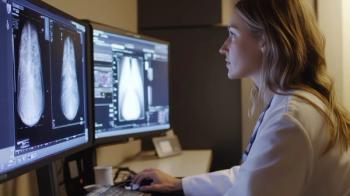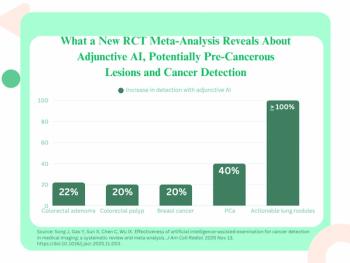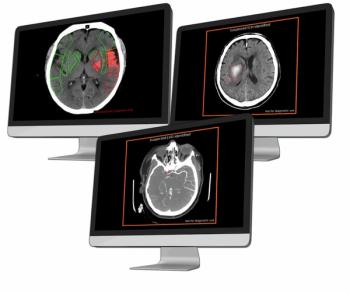
New York grassroots campaign fights DRA cuts
Opposition to the Deficit Reduction Act cap on imaging reimbursements has inspired a grassroots coalition to conduct a political campaign in New York State uniting radiologists and patients against the Medicare rate cuts and other federal initiatives against medical imaging.
Opposition to the Deficit Reduction Act cap on imaging reimbursements has inspired a grassroots coalition to conduct a political campaign in New York State uniting radiologists and patients against the Medicare rate cuts and other federal initiatives against medical imaging.
Mark T. Newton, chief financial officer of DRA Imaging in Wappingers Falls, NY, and Dr. Jay Tartell, a partner with Advanced Radiological Imaging of Queens, have organized statewide support for the Access to Medicare Imaging Act of 2007 (HR 1293), a bipartisan bill that would shelve the DRA cap for two years and require the General Accountability Office to study its implications.
Newton became an activist against the DRA cap after learning it was created during last-minute closed-door Capitol Hill negotiations that bypassed formal study or open Congressional hearings.
"The premise behind the coalition is that healthcare dollars should be allocated among physicians and specialities using a transparent, analytical, data-driven methodology like relative value units and not just an arbitrary decision to cut imaging," he said.
Since February, more than 30 radiology group practices in 25 New York counties have joined the coalition. They represent about 100 imaging centers, mainly owned by radiologists, Tartell said.
With guidance from the American College of Radiology and the RadPAC political action committee, the coalition has sponsored a letter-writing/e-mail message and petition campaigns. About 10,000 patient signatures were collected during a two-week period, Tartell said. The petition was hand-delivered Sept. 5 to the Albany offices of New York Sens. Charles Schumer and Hillary Rodham Clinton. Clinton signed on as cosponsor of the Access to Medicare Imaging Act a few days later. Every House representative from New York's Hudson Valley also supports the bill, Newton said.
HR 1293 was introduced by Reps. Carolyn McCarthy (D-NY) and Joe Pitts (R-PA) and has 156 cosponsors. Twenty-eight senators are cosponsors of a Senate companion bill, S 1138, introduced by Sens. Jay Rockefeller (D-WV) and Gordon Smith (R-OR). Passage as of late September is considered unlikely, however.
The coalition's work has been extended to support radiology-friendly provisions in proposals for the 2008 Medicare Physician Fee Schedule and the 2008 Hospital Outpatient Prospective Payment System, Newton said. The group is monitoring the cosponsors of the Access to Medicare Imaging Act on their positions concerning other imaging-related issues.
A second petition distributed in September stresses that radiologists cannot tolerate additional rate cuts in 2008, while urging the New York's federal representatives to support the Access to Medicare Imaging Act, Tartell said.
"We are concerned that diagnostic imaging is still in Congress's crosshairs for budgeting," he said.
The New York coalition is also working with the ACR to seed grassroot campaigns in Connecticut and other states.
For more information from the Diagnostic Imaging archives:
Newsletter
Stay at the forefront of radiology with the Diagnostic Imaging newsletter, delivering the latest news, clinical insights, and imaging advancements for today’s radiologists.



























